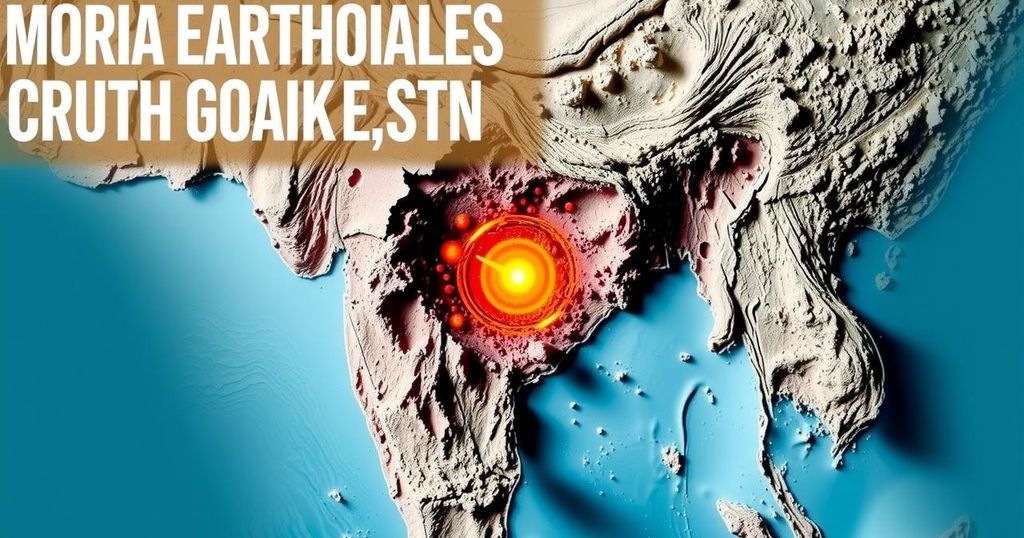India’s Earthquake Vulnerability: A Comparative Analysis of Seismic Activity
On January 7, 2025, a 7.1 magnitude earthquake struck near northern India, specifically affecting Bihar. This earthquake was the most powerful since the 2015 Nepal quake. While India ranks seventh globally with 58 recorded major earthquakes from 1990 to early 2024, China leads with 186. The country’s vulnerability is heightened due to its geographical location and unregulated construction practices, as 59 percent of its land faces seismic risk.
As we entered the year 2025, a series of earthquakes struck southern Tibet, affecting regions across northern India, most notably Bihar, where a significant earthquake measuring 7.1 in magnitude occurred. This quake, which was felt on January 7, 2025, was notably the most powerful recorded in the region since the devastating 2015 Nepal earthquake, which resulted in widespread casualties and destruction.
Seismic activity is a common occurrence in Asia, with countries such as China and Indonesia experiencing the greatest frequency of earthquakes. According to data from the United States Geological Survey (USGS), Indonesia holds the record for the most frequent earthquake events, recording over 2,200 incidents with magnitudes of 4 or greater. However, in terms of destructive earthquakes over a broader historical timeframe, China surpasses Indonesia, with 186 major earthquakes recorded between 1990 and early 2024, according to the National Oceanic and Atmospheric Administration (NOAA). Indonesia follows with 166, and Japan ranks fourth with 98 major earthquakes.
India is ranked as the seventh most earthquake-prone country globally, having experienced 58 significant seismic events in the same timeframe. The country’s high vulnerability to earthquakes is attributed to its geographical location at the junction of multiple tectonic plates and a geological structure that is complex. Additionally, the rapid urban development, characterized by unregulated construction practices, further increases the susceptibility to seismic hazards. Approximately 59 percent of India’s land area is at risk of experiencing moderate to severe earthquakes, particularly in the Himalayan region, which has a history of powerful quakes exceeding magnitude 8.0.
The prevalence of earthquakes is notably high in specific regions around the globe, particularly in Asia, where tectonic activity is frequent due to the numerous fault lines. Countries like China, Indonesia, and Japan have become synonymous with seismic activity, often ranking highest in terms of both quantity and severity of earthquakes. India, while not among the top contenders for earthquake frequency, has experienced significant seismic events, emphasizing the importance of understanding geological risks and implementing effective disaster management strategies to mitigate potential impacts. The region’s geological dynamics and historical patterns underscore the need for ongoing monitoring and preparation for seismic events.
In conclusion, while India is not frequently classified among the leading nations for earthquake occurrences, it remains significantly vulnerable due to its geographical and geological characteristics. With a considerable percentage of its territory at risk of earthquakes, India’s historical context, including recent events, highlights the essential need for preparedness and resilience-building among its populations. The continued research and data collection by organizations like the USGS and NOAA play crucial roles in understanding and mitigating the effects of seismic activity across the globe.
Original Source: indianexpress.com




Post Comment